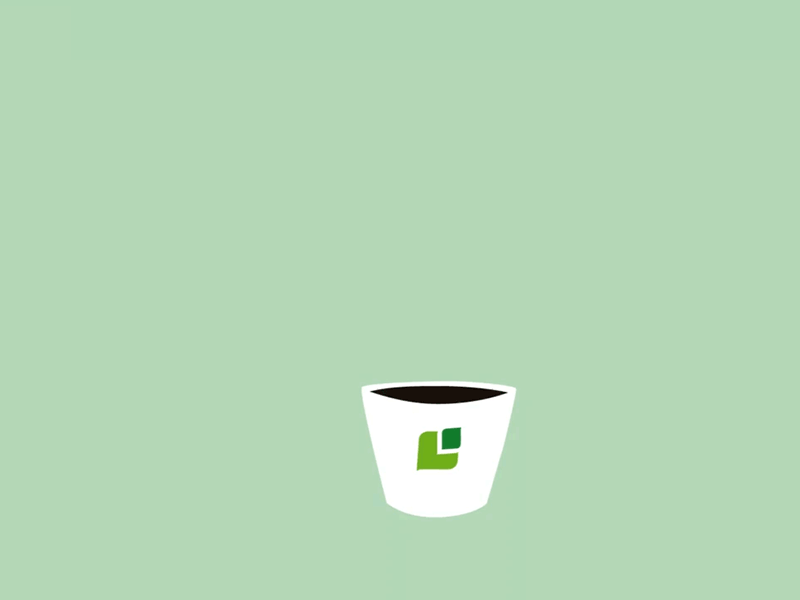What is user experience design and why is it so important for us at Cropster?
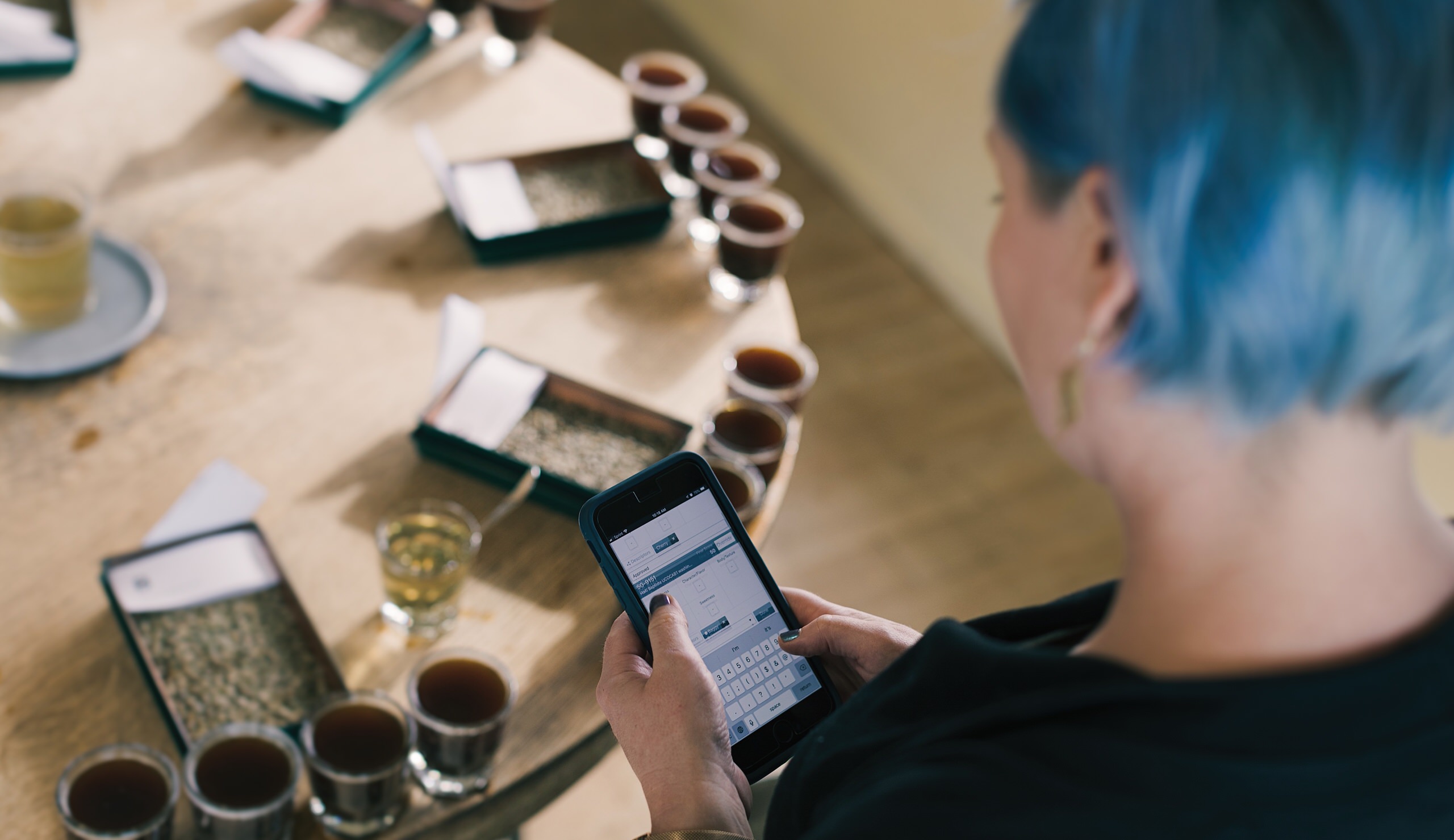
| Cropster
Written by Lisa
Table of Contents
So what do we do to create a good user experience?
In product design at Cropster we follow a User-centered design approach, which means that we are always trying to put the needs of our customers front and center. We gather a deep understanding of our customers, and in which context they are using our products. We are doing that through user interviews, surveys and in-person visits before and during we are designing solutions. It also means that we are evaluating our design solutions regularly with testing, that we conduct with our customers, where we test the ease-of-use of our new features. We combine that with our expert knowledge of design patterns, additional research and experience. This approach helps us to continually improve the User Experience for our customers, based on their feedback. We are basically iterating and improving our services constantly.
We follow these product design principles:
#1) We put the customer front and center.
We listen to our customers and learn!
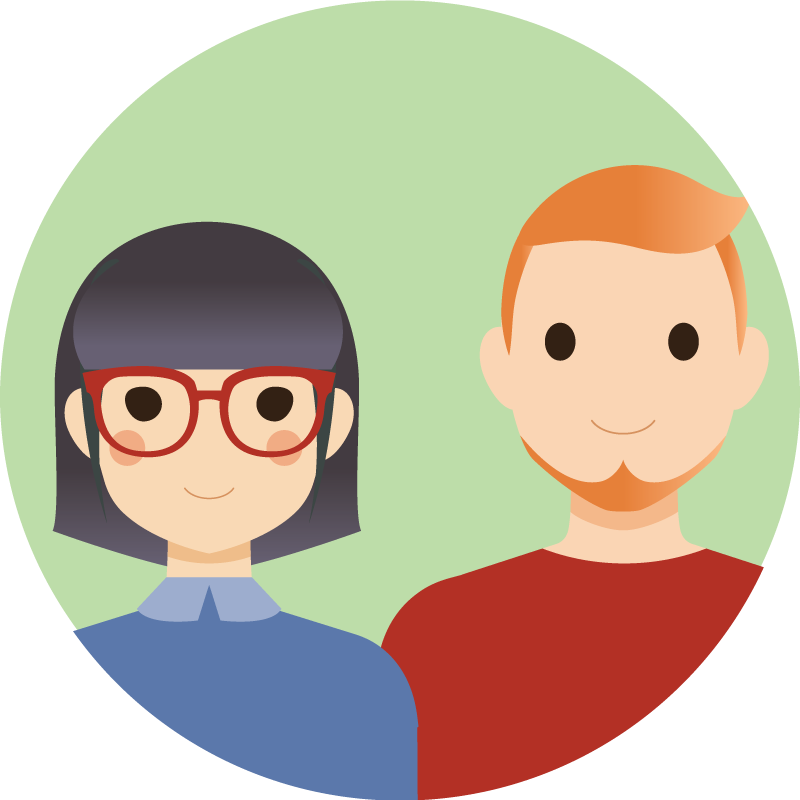
#2) We do not use dark design patterns.
We do not use design to trick people into doing things. We are transparent and do not mislead our customers.
Examples: How do we use data? Why do our users need to enter information? Where will they see which information, etc.
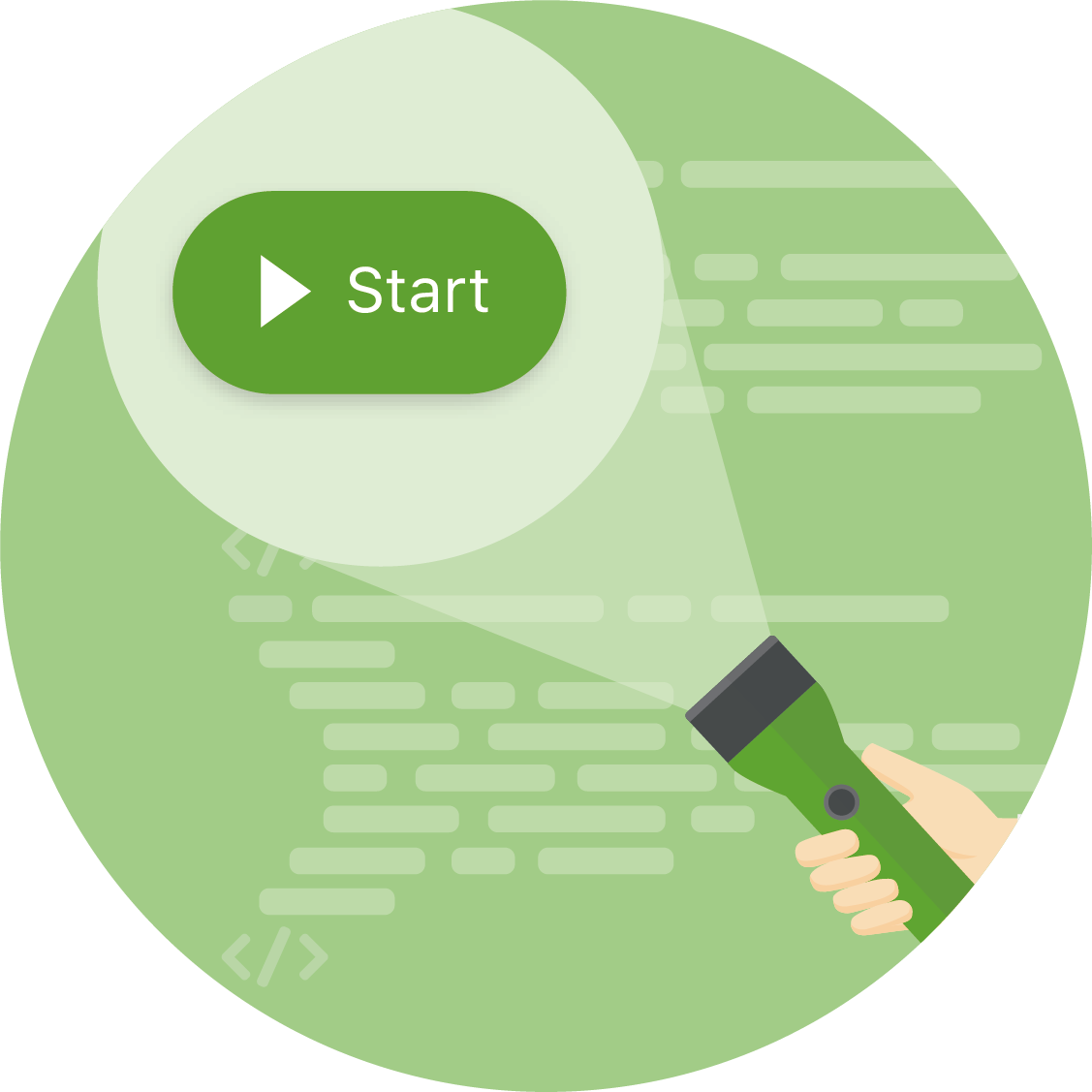
#3) We show the way and are consistent.
We give our customers the best possible guidance. What do they need to do next? Where are they? We focus on clear instructions, tips, getting started and navigation structures. We stick to the same design, navigation and patterns to make our products easier to use.
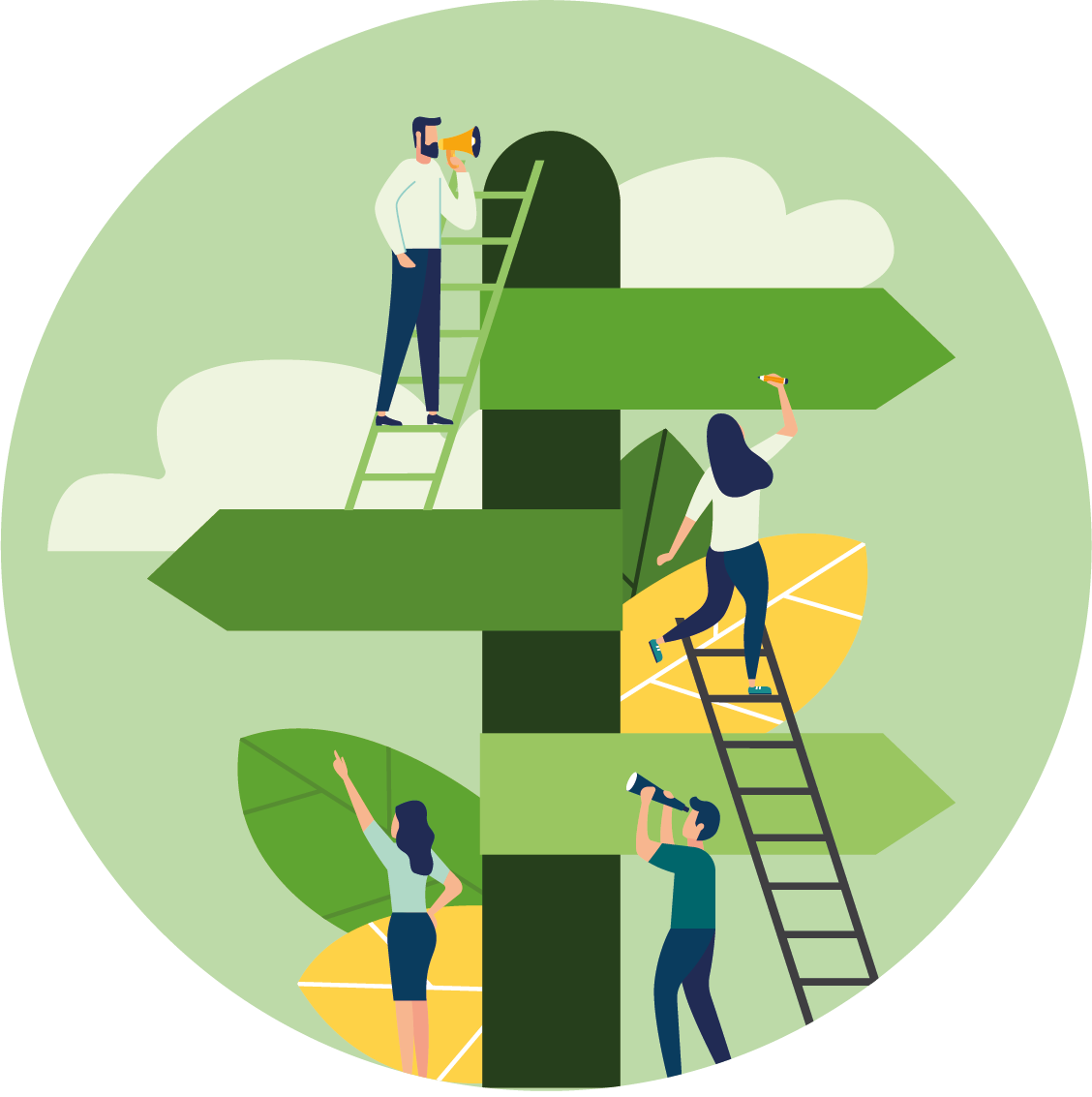
#4) We are human and strive to be empathic in everything we do.
We are not automated machines. Customer contact & support is very important to us, as well as letting our customers know that we are real and care for their needs and concerns.

#5) This is an unofficial one: We believe properly caffeinated teams build better products! 🙂
We love and appreciate our customers products as much as our own. We also believe developing our coffee knowledge helps improve our products (and our mornings!).

So how do these principals drive our team, our products and user experiences in the real world?
To understand that we’ll need to talk a bit about User Experience design and why it is so important to us. User Experience Design (or sometimes also called Customer Experience Design) is a term that describes how a user or a customer experiences an interaction with a product (a physical or digital one). The base requirement for an exemplary user experience is to meet the exact needs of the customer, but doing that with simplicity and elegance that produce products that are a joy to own and a joy to use. A user experience can be a good or a bad one.
This all sounds very abstract, so that’s why we want to start with an example that happened to me just recently: After work I came home and had a letter from my electricity provider in the mail. It was the quarterly bill – I was prepared to do a not so fun task – namely making bank transactions. Usually I use my online banking on the laptop, but this time I decided to use the mobile app, as I was too lazy to take my laptop out. I opened the app and I was prepared to fill out the long form with all the banking codes, reference numbers and everything else. Then when I was just about to start filling out the form, the app pointed me to a new feature, that was called Scan-to-pay. As this was presented so prominently to me, I decided to try it out. It opened up my camera and the app told me to hold it over my paper bill. In seconds the form opened up again and everything was filled out, with the information from the paper form. I was mind blown. Not only did it save me a huge amount of time, it also saved the information and categorized it as electricity provider. It even shows me an option now to repeat the same transaction with just one click (for my next quarter). Although, I was prepared to do a boring task, I ended up being delighted.
So this was a particularly good experience for me, as the app didn’t only focus on getting a task done, but they made it easier and more enjoyable. In this case, I would very likely recommend the service to a friend or colleague.
Let’s try to convert that to a real world product, e.g. a cup of coffee in a cafe. Who will be more likely to come back and buy another cup of coffee? Customer A, let’s name him John, who gets greeted with a smile in the morning, gets help with choosing the right drink and gets quickly served a good cup of coffee? Or customer B, let’s name her Leah, who does not get greeted at all, needs to pick out a drink from a very extensive menu on her own and gets served a good cup of coffee after quite some waiting time? Both customers, will get a decent cup of coffee as a result, but they would certainly describe their experience way different from each other.

John – customer A

Leah – customer B
We at Cropster strive to provide our customers the experience A and in the articles following soon we will talk about different User Experience Design topics that we work on here at Cropster to achieve this. Here is a little sneak-peak into the next articles: we will talk about Accessibility – what do we do to ensure our software can be used by a majority of users (e.g. people with color-blindness).
Are you interested in becoming an active part of shaping Cropster’s future roadmap?
As a beta-tester you try out new Cropster features and provide valuable feedback for shaping those advancements. Apply for becoming a beta-tester!
